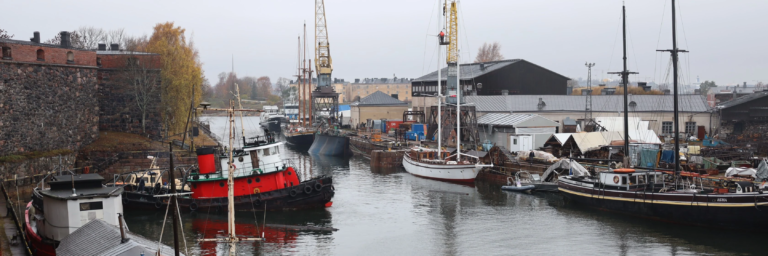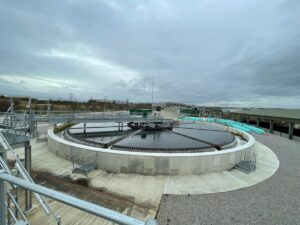Finland’s Oldest and Still Operational Shipyard Gets High-Tech Pumping Solution

Finland’s Oldest and Still Operational Shipyard Gets High-Tech Pumping Solution (Image source: Xylem Inc.)
The fortress and shipyard were built when Finland was still part of Sweden, serving as a base for the Swedish Coastal Fleet. The location of the shipyard and its dry docks was ideal because there was a natural inlet between the main island with the fortress and the smaller islands around it.
Over the years, the shipyard has served many purposes. It was used to manufacture airplanes in the early 1900s, as a submarine base in the 1930s, and as a place to build ships after World War II. Today the fortress and shipyard are one of Finland’s most popular tourist destinations, with more than 400 people working on the islands and 800 people living there.
Docking and renovating traditional sailing ships
The shipyard is now managed by Viaporin Telakka Ry, an association that aims to preserve knowledge and skills related to old sailing ships and their restoration. The association uses the shipyard’s indoor dry dock to house 20 old wooden and iron ships over the winter, and it uses the outdoor dry dock throughout the year for repairs on smaller ships.
The indoor dry dock is 50x140 meters and can hold about 42,000 cubic meters of seawater, says Oskari Reipas, Supervisor of Technical Building Management at Suomenlinna. It is emptied between October and November every year and filled again in the spring. The outdoor dry dock is 21x120 meters, about 15,000 cubic meters, and it is emptied about twenty times a year.
The challenge of keeping the docks dry
Reipas says that dewatering the docks was a difficult, time-consuming process. Even after the main pump in a pumping station emptied the docks, they would start to fill up again due to groundwater seepage and rainwater.
To keep the docks dry, we had to use three separate pumps, which were moved according to the situation, says Reipas. The largest pump was so heavy that a pulley had to be used to move it. In the winter, we also had to use temporary hoses that were inconvenient. We had to check the situation once every couple of days, because there was no remote monitoring of the pumps.
Flygt pumps dewater docks and save energy
To solve these challenges, the shipyard decided to look for a new pumping solution. They selected two Flygt N3171 22 kW submersible pumps from Xylem, which were connected to the main pump. Able to pump 140 liters per second, the pumps also included pressure sensors and variable frequency drives.
Xylem installed the Flygt SmartRun variable frequency drives in the pumps, which allow the pumps to adapt their performance based on water conditions, says Janne Joutsensalmi, Sales Manager, Xylem. This means that the pumps always run at the optimal speed, helping the shipyard save energy.
Xylem was also responsible for installing the pumps, which was a smooth process since the shipyard had prepared all the pipelines in advance.
We can now remotely monitor the pumps and their data from the shipyard’s control room, says Reipas. This makes our busy days so much easier, and the new pumps make dewatering the dry docks much simpler.
Source: Xylem Inc.





